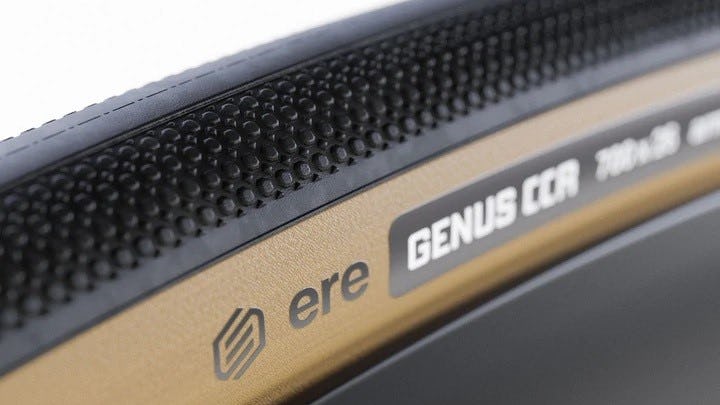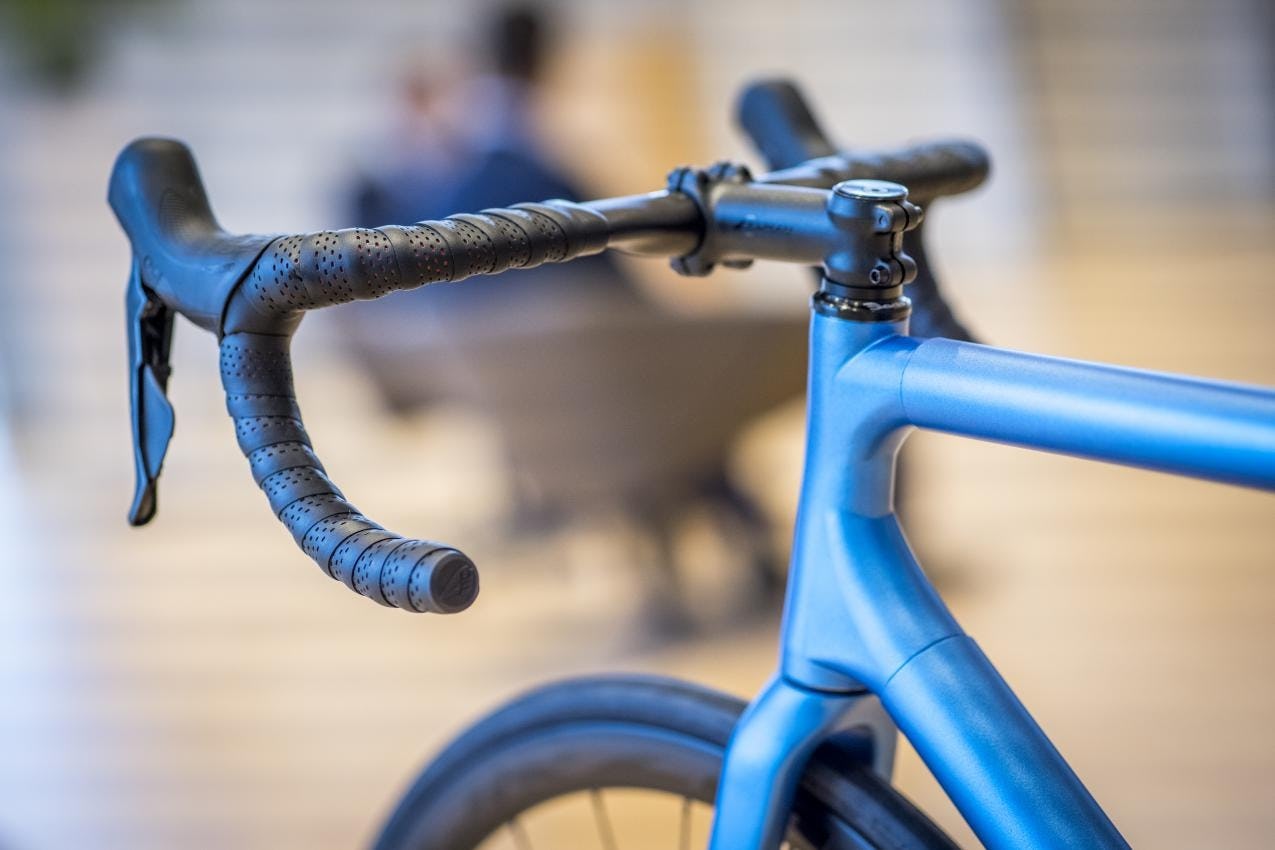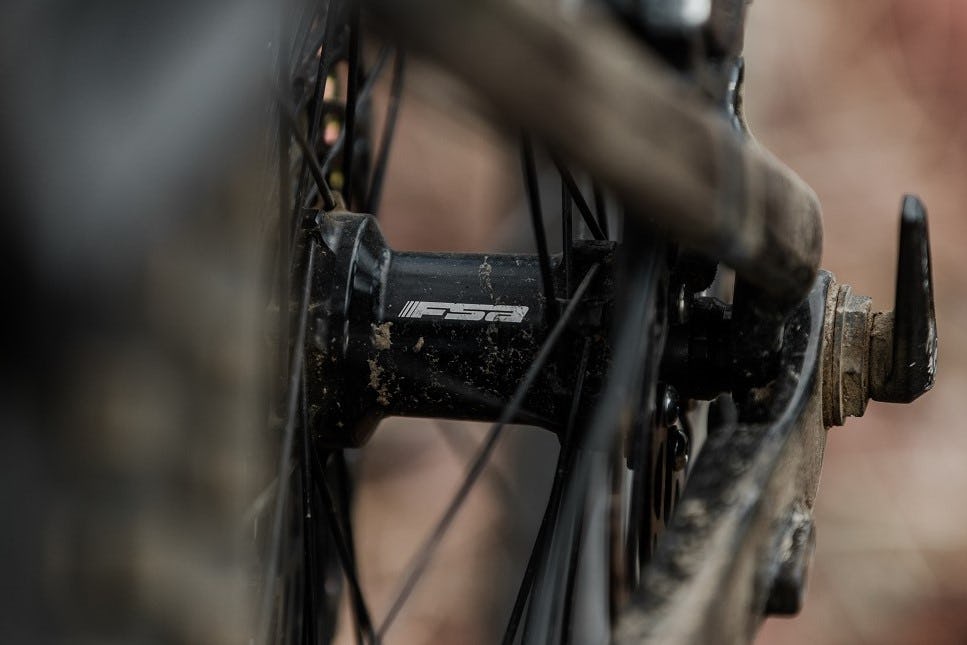CarbonX developed a 3D carbon network structure which was originally invented at TU Delft. CarbonX claims that with this new material, rubber compounds can be adjusted and specifically tuned to meet the best requirements.
Unlocking new design possibilities
The network structure called CarbonX is composed of nano-sized carbon filaments which are chemically connected to form a three-dimensional micron-sized network. This extraordinary structure makes it possible to combine properties in new ways, the key to unlocking new design possibilities that can deliver both high performance and greater sustainability.
“By using CarbonX, we generate a dramatic improvement in rolling resistance to increase speed without compromising grip or wear,” CarbonX and Ere Research wrote in a statement. “CarbonX is able to make bicycle racing tyres much faster without compromising handling or longevity – keeping the focus on the racer’s safety and chances of success.”
Potential
CarbonX is an advanced materials company co-founded by Rutger van Raalten and Daniela Sordi in 2014. The company is the sole producer and supplier of the patented CarbonX worldwide. “When Rutger van Raalten approached us to talk about the new CarbonX material, we were intrigued and eager to learn more about it,” says Piet van der Velde from Ere Research. “He thought it would work great with high-performance tyres for cyclists. But we were also skeptical, as there have been attempts made before in the market that promised big performance increases. Many of these attempts did not deliver on true noticeable performance.”
Two years of testing resulted in the all-new tyre called the Genus CCX. For this 320TPI handmade high-performance tyre, CarbonX is used instead of carbon black particles. By using the new material, Ere and CarbonX claim a 2 watt lower rolling resistance and an increase in grip and the anti-puncture value of the tyre.
High flexibility, low weight
“At the same time, we have been working on the casing of the new Genus tyres,” explains Piet van der Velde. “To make them safer for tubeless and hookless rims, and to keep the weight low and the flexibility performance of these tyres high, we use Zylon instead of Kevlar as a bead cord in the tyres. Zylon is frequently used in F1 cars as tethers in wishbones that keep the wheels attached to the chassis in case of a crash.”









